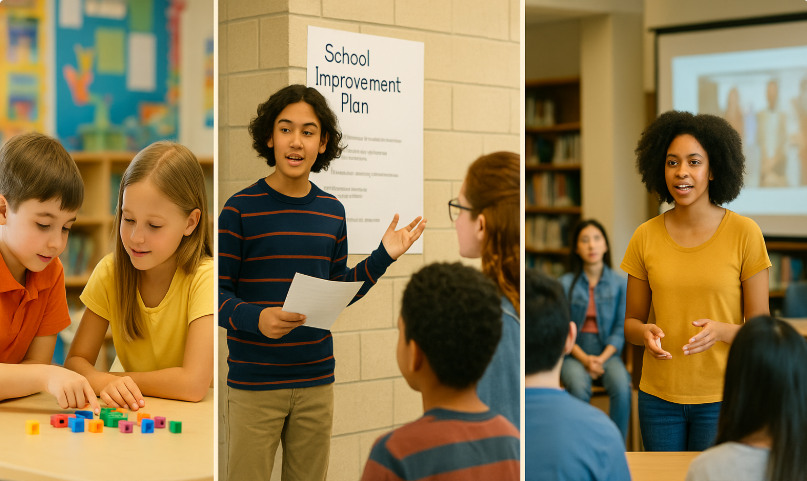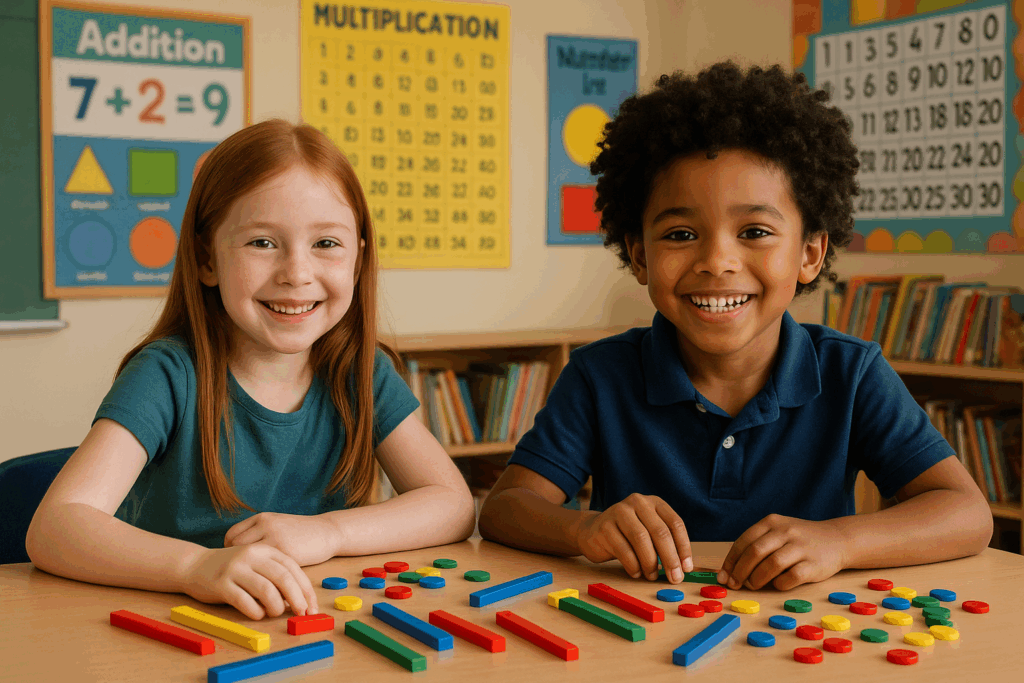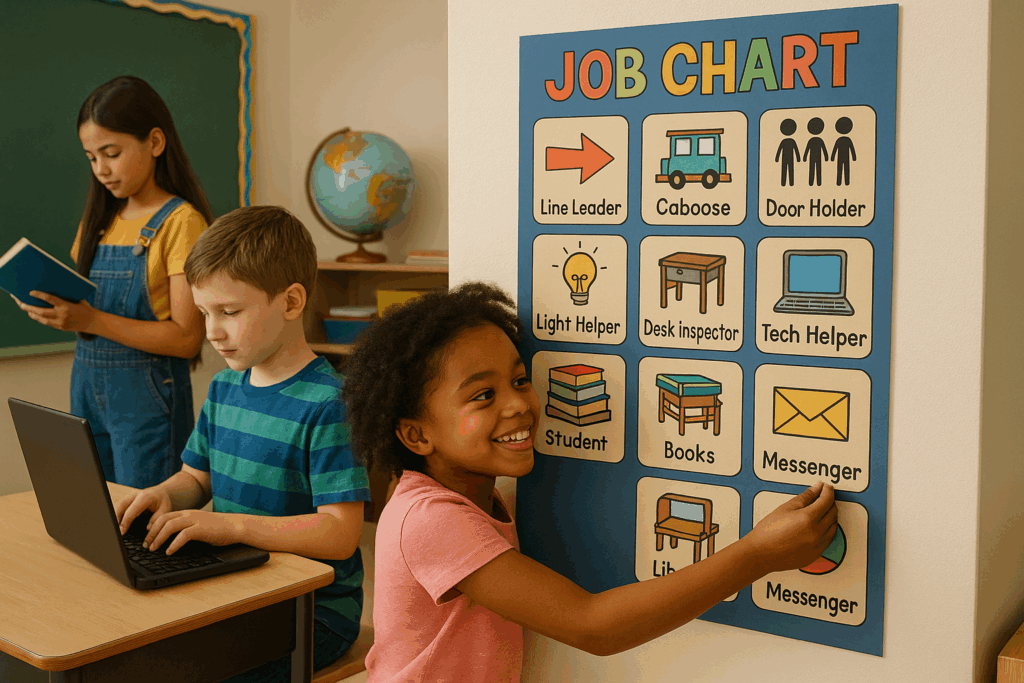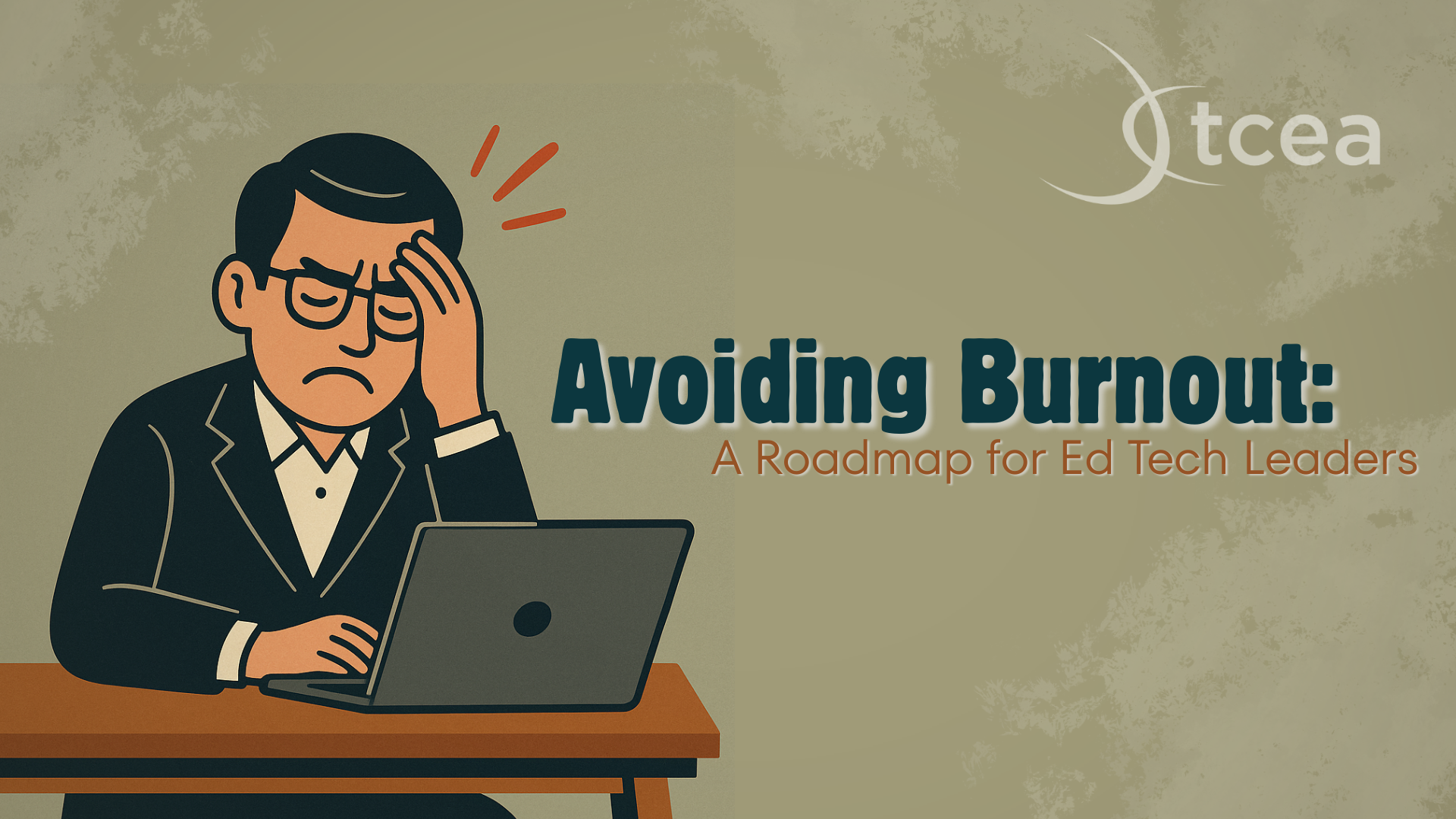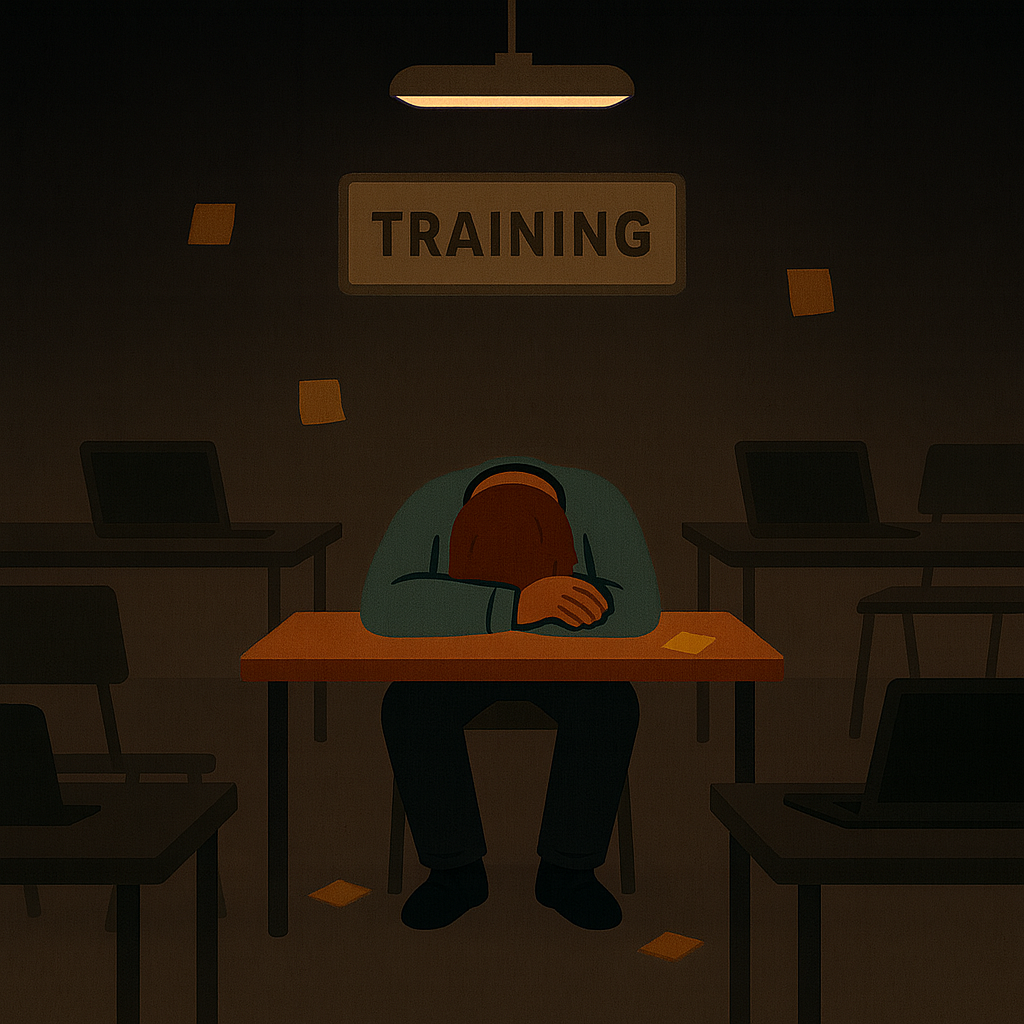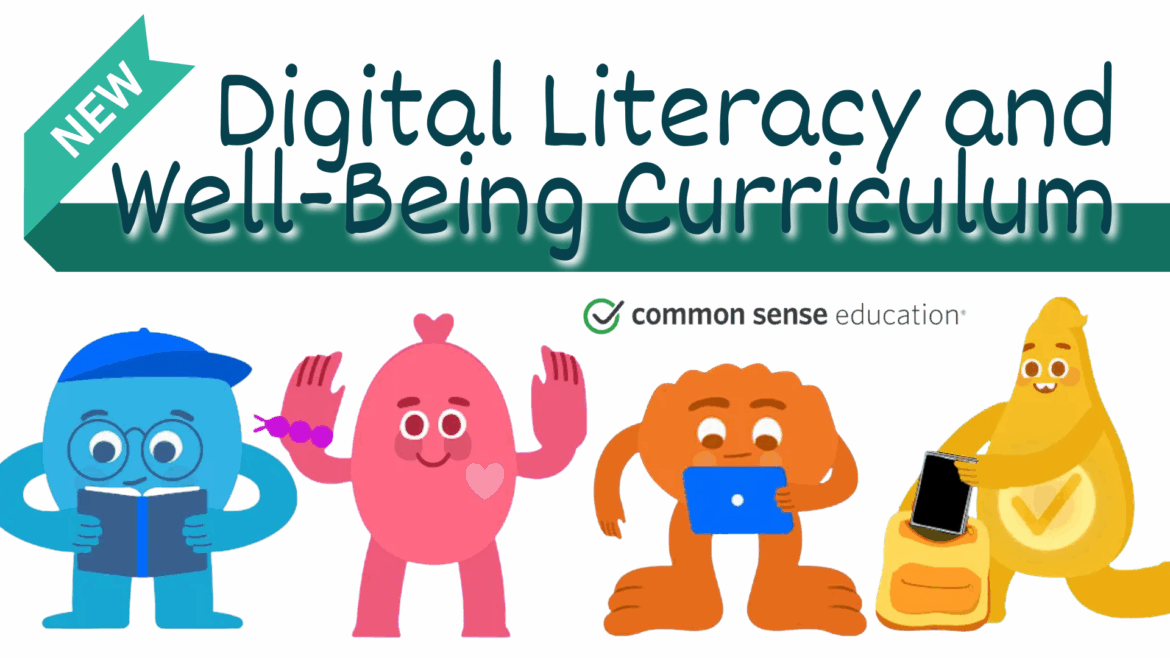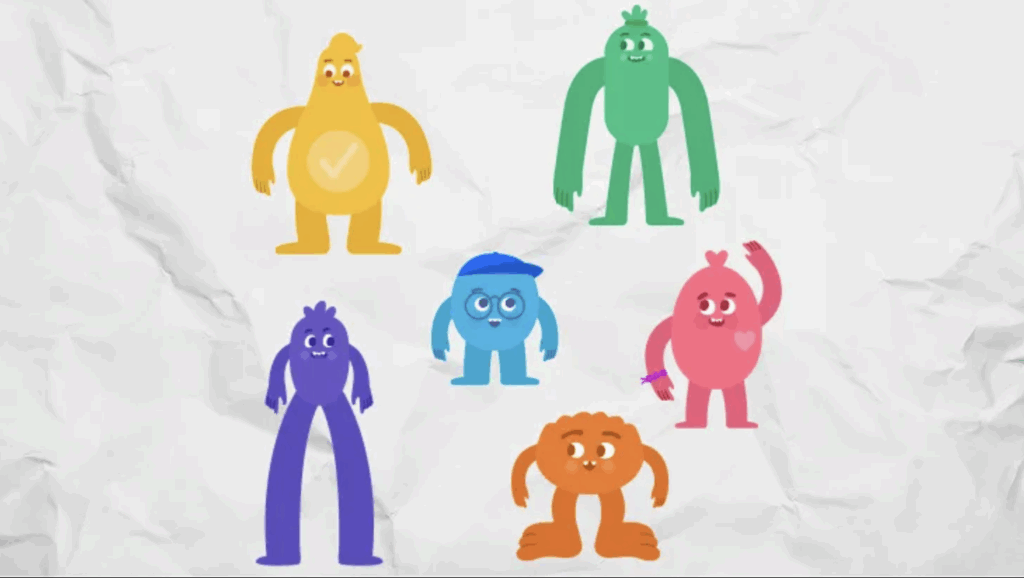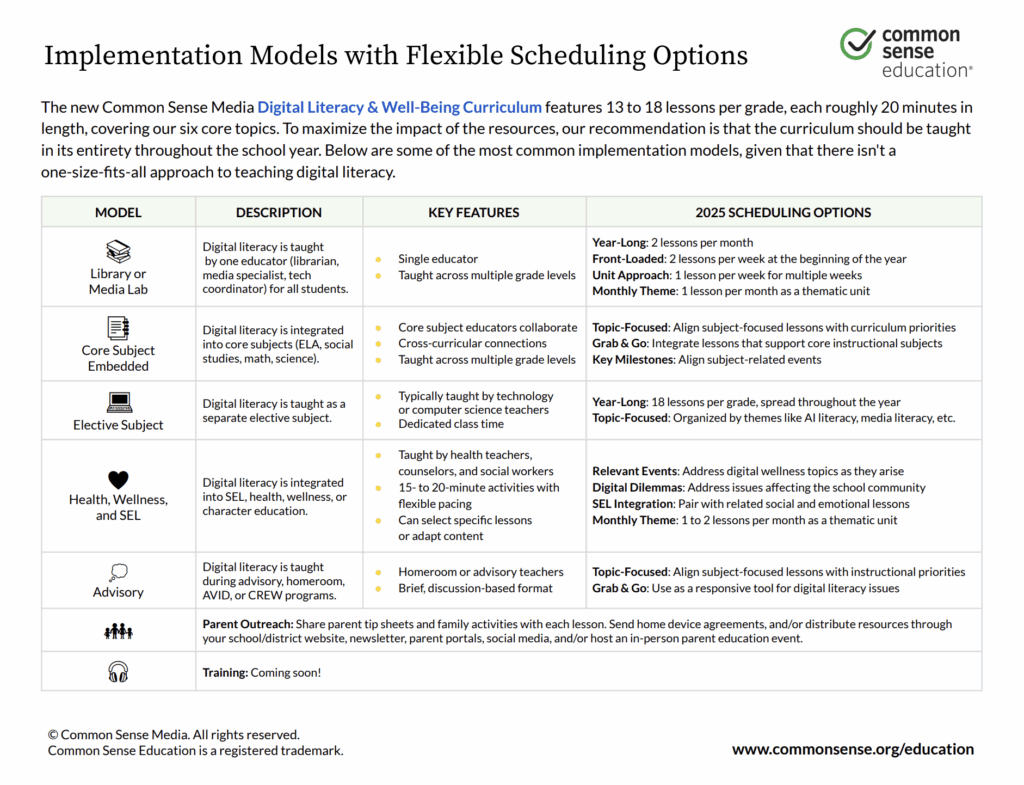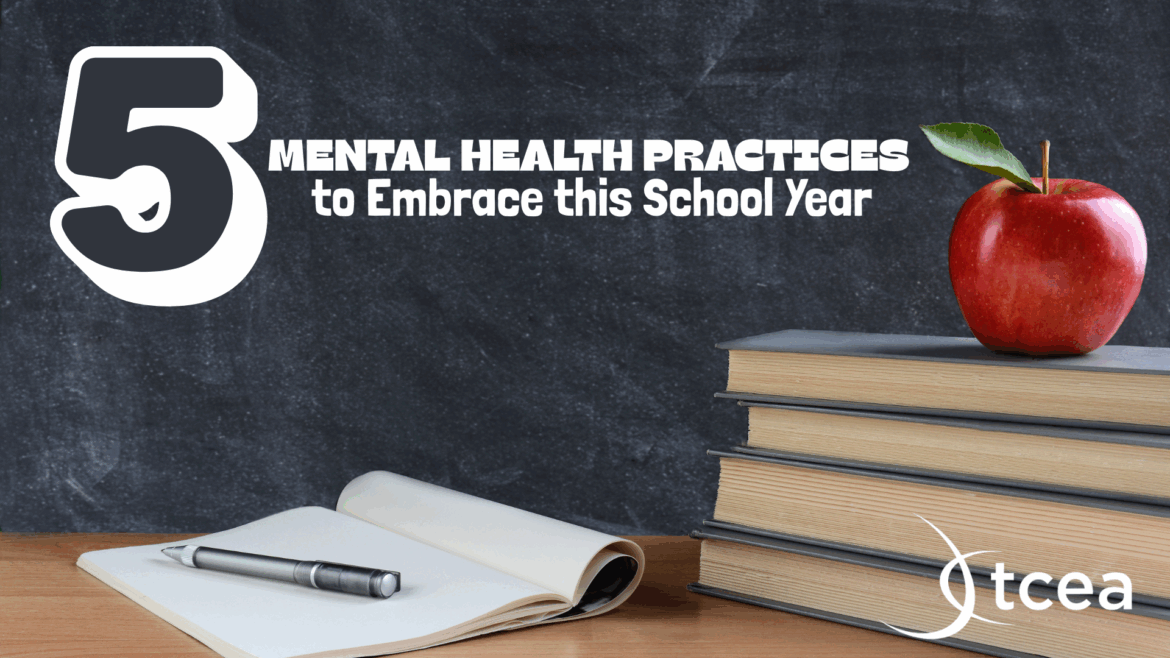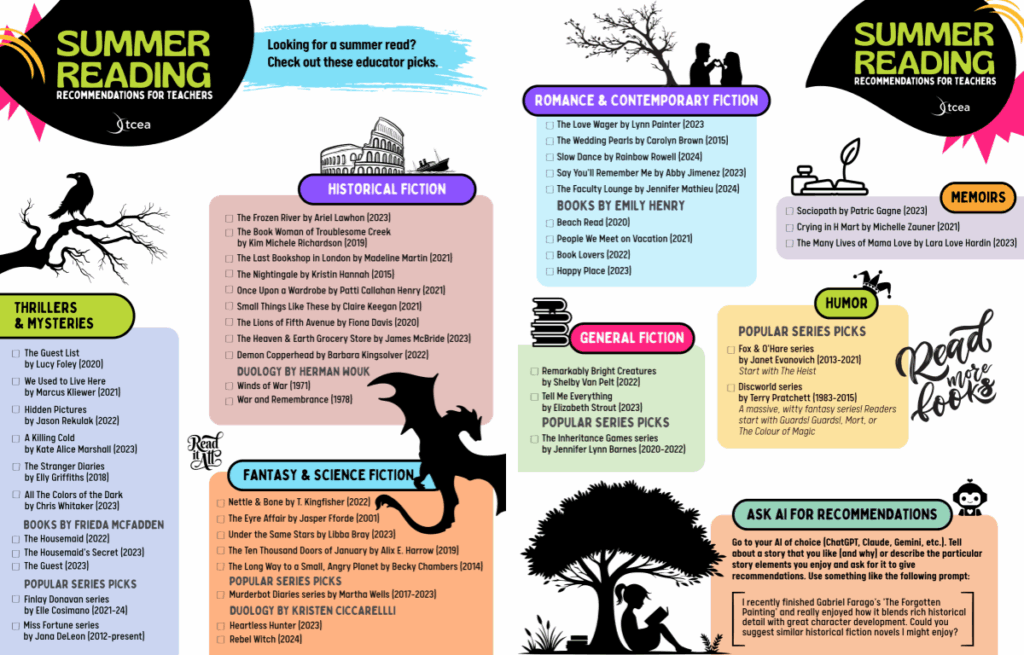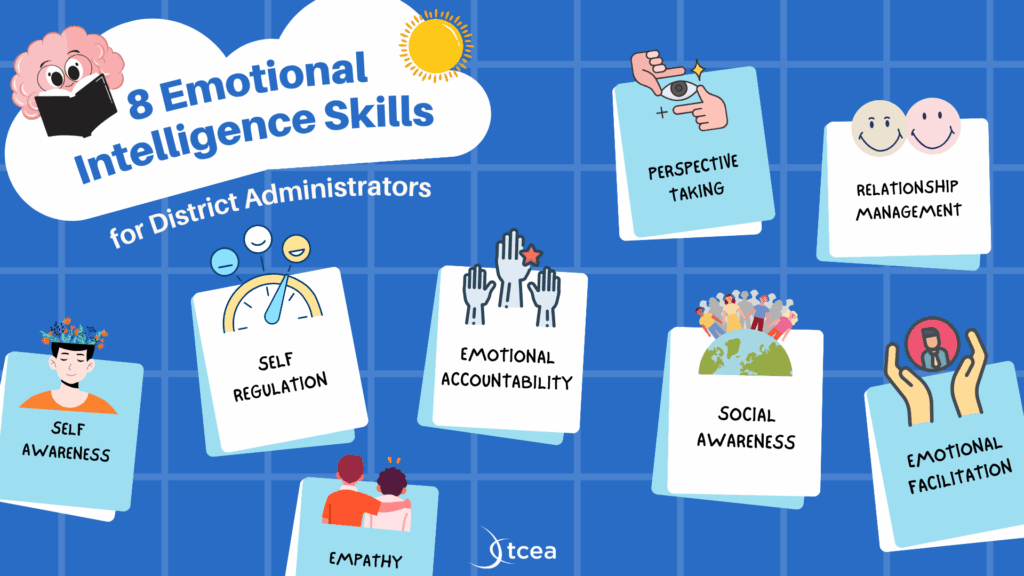Explore tools, strategies, and resources for social and emotional learning (SEL). Discover ways to support students’ well-being and growth.
SEL, or social-emotional learning, has become one of the most important skills teachers can utilize in their classroom. When teachers incorporate SEL strategies, they aid students in…
- regulating their emotions
- increasing their academic success
- the likelihood of staying in school because they feel like part of a community
- reducing behavioral issues in the classroom
Connection and communication are essential, and now teachers can utilize digital tools to make it even easier to implement and teach students how to recognize, name, and share their emotions.
The Benefits of SEL in the Classroom
Social Emotional Learning has 5 tenets that Casel defined as the major competencies that can be achieved in classrooms that promote and provide positive, safe spaces for students. Teachers facilitate these skills when they give students the knowledge, strategies, and time to practice mindfulness consistently.

Calming the Chaos
When students can identify and name their emotions and have a safe place to share them, they are empowered to deal with them utilizing healthy strategies to regulate those emotions, finding ways to calm themselves when angry or frustrated, and learning to control their impulses. They also begin recognizing the emotions of others and gain empathy for them.
Go Noodle and Youtube offer breathing exercises and other mindfulness activities that are useful after recess or PE, helping them to slow their breathing and heart rate. These exercises regulate our nervous systems, helping students refocus and direct their thoughts, bringing a greater level of focus to the tasks ahead.
Luckily, there are lots of free apps and programs for our students to utilize to practice these essential skills.
Breathing/Mindfulness
Taking time to focus, find calm, breathe, and set intentions can help your classroom go from chaos to calm in mere minutes with Go Noodle, Youtube, and other online sites.
Get Them Talking
Adobe Express offers voice to animation characters that allow students to share their thoughts or feelings with a sense of anonymity. Or, they may even create positive affirmations and guided meditations.
Book Creator
With Book Creator, students can create cartoons and ebooks to illustrate their strategies and help other students learn and practice them, too. They can even record their own voices reading their stories!
Online Check-ins
Google Forms can serve as an effective and efficient way for students to share how they are feeling by checking a box or even expressing their feelings in a question or comment for their teachers.
Slides, Forms, and Creativity
TPT offers lots of options for daily slides and forms for students in every grade to “check-in” with their teacher. This is often presented as an opening activity as they enter and unpack. Data collection is one of the benefits of a digital form, allowing teachers to see an overall representation of their students emotions. Daily SEL slides can offer fun activities and an opportunity for students to respond creatively.
Other Options:
- Padlet: Create polls and more with real-time answers that promote community and discussion.
- Adobe Express: From mood boards to visual collaborations, digital journals, and more, adobe express offers so many options for educators to use as SEL tools in the classroom
- Classroom Screen: Another place to create quick polls & digital whiteboards to collect answers, and so much more. Place a question or create a poll for a quick, easy digital check-in, a fun Would You Rather class community builder, or digital game board where you can even play a student vs teacher version.
- Emoji Kitchen: Use your imagination to show your feelings by merging 2 emojis into a new creation
- Canva: Create goals, vision boards, positive affirmations, and more easily with premade templates and easy to use tools.
- Book Creator: Upload a PDF coloring page and let students color it in the app as a relaxing , or to create an ebook/cartoon about emotions or affirmations
- Digital Vision Boards: Giving students a place to be intentional about their goals, their interests, and their dreams is a fun and motivational way to create community and build relationships while giving them a creative outlet. Vision boards are like a diary with pictures, links to videos or music, and more.

SEL Made Easy
Creating classrooms that give students a sense of community and a safe place to be themselves, feel connected, and build positive mindsets and relationships can be easier than you think when you incorporate digital tools. There are so many options and opportunities for us to bring students together with just a little extra effort that doesn’t mean hours of planning or prep.


